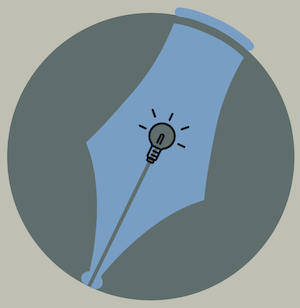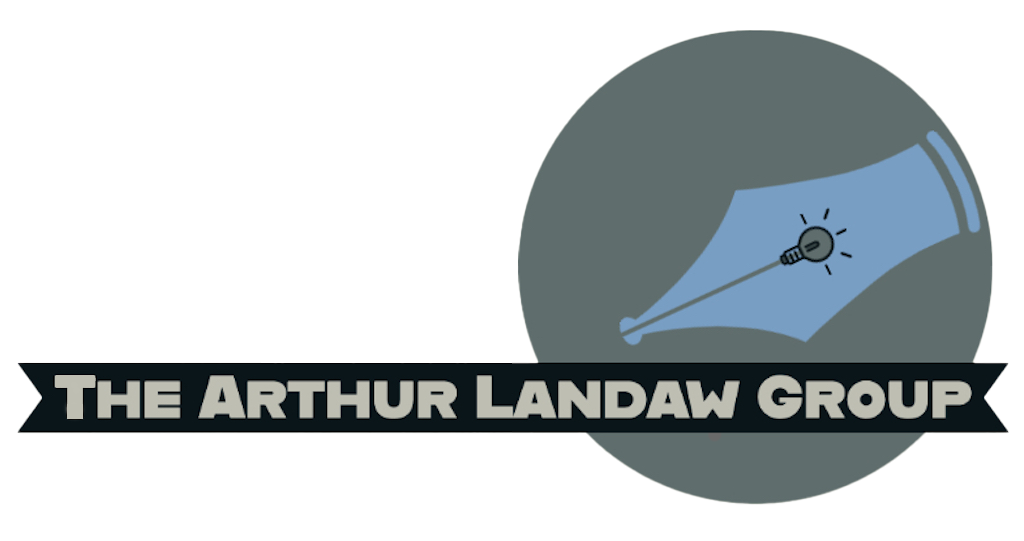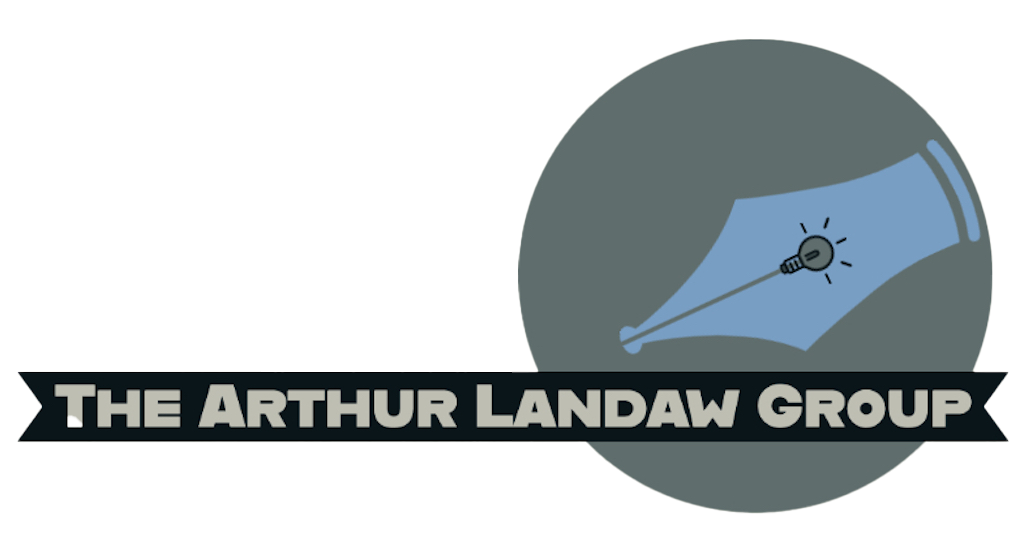Enhancing User Experiences by Leveraging the Power of Content-Driven Web Design
Introduction: In today's competitive digital market, where consumers' attention spans are brief and the stakes are high, it is crucial to design a website that captivates and retains readers' interest. Content-driven web design is an effective tool for achieving this objective. This method ensures that site visitors are kept intrigued, educated, and enthralled at every stage of the design process by incorporating information. Here, we'll delve into the intriguing field of content-driven web design and examine its potential to significantly enhance visitor experiences.
It is essential to understand the concept of "content-driven web design," which is predicated on the notion that sites should prioritize content. It recognizes that a website's most valuable asset is its content, and that the design should serve to draw attention to and enhance that content rather than compete with it. The website's visual elements, typography, layout, and functionality should all be harmoniously integrated into its overall design.
Essential Components of Content-Driven Website Design:
An Emphasis on the User: The focus of content-driven web design is the visitor's requirements. Designers can make websites more user-centric by undertaking extensive user research, gaining an understanding of their target audiences, and investigating their habits. A content architecture that caters to the requirements of the intended audience is necessary for optimizing the user experience across devices and platforms.
Optimizing the user experience (UX Design) across devices and platforms requires a content architecture that satisfies the requirements of the intended audience.
Storytelling through Design: Effective storytelling is a cornerstone of content-driven web design, and it can be accomplished in a variety of ways through the design process. Using captivating storylines, designers can engage users and effectively disseminate the brand's message by combining captivating imagery, cleverly written copy, and engaging multimedia elements. Consideration of how to employ color, typeface, and imagery can go a long way in conveying the desired mood to your audience.
Content-Driven: Thanks to content-driven web design, information is presented in a clear and aesthetically appealing manner. Utilizing headings, subheadings, bullet points, and white space effectively, designers can direct readers' attention and make content easier to peruse and comprehend. By making it easier for users to locate the information they require, prioritizing the most important content enhances the user experience.
Responsive Design: With the rise in prevalence of mobile devices, responsive design has become an integral component of contemporary, content-focused website development. Websites must automatically alter to the screen size and resolution of the user's device in order to provide a consistent and optimized experience across all devices. This flexibility also improves usability due to the significance of mobile-friendliness in search engine rankings.
Advantages of content-centric web design:
Improved Participation by End Users! By emphasizing content, content-driven web design increases user engagement. Users are more likely to remain on a site, take the desired actions, and appreciate their experience if valuable and pertinent content is presented in an appealing and user-friendly manner.
Enhanced Brand Perception: A well-designed, content-driven website can help establish a positive brand image. Consistent branding across all contact points, coupled with engaging content and meticulous design, leaves a long-lasting impression on users. This, in turn, inspires trust and loyalty in the brand.
Advantages of Search Engine Optimization (SEO): Search engine optimization techniques complement a content-driven website design. Sites with high-quality, pertinent content rank higher in search engine results. Content-driven websites typically rank higher in search engine results and generate more organic traffic as a result of their use of proper heading structure, optimization of page load times, and incorporation of pertinent keywords.
In the end, content-driven web design has proven to be an effective strategy for creating user-centric, engaging websites. By prioritizing content and designing around it, businesses can provide superior customer experiences, strengthen their relationships with their target audience, and ultimately achieve success.
Conclusion: Despite the constant evolution of the web and its consumers, content-driven design will continue to be an effective strategy. Using this technique, businesses can create websites that are aesthetically pleasing, informative, readily navigable, and immersive. Users have an engaging and pleasurable experience that compels them to return for more when content and design work in tandem.



